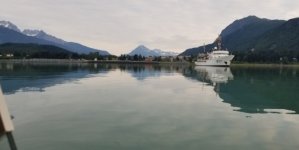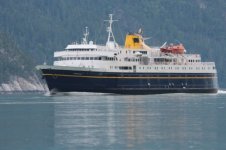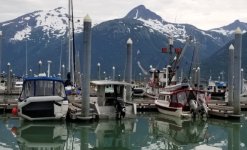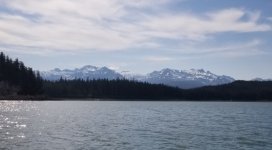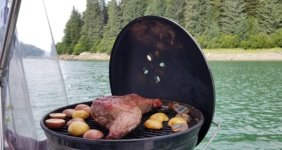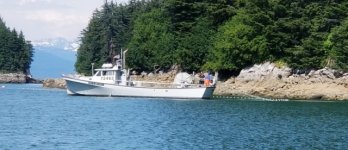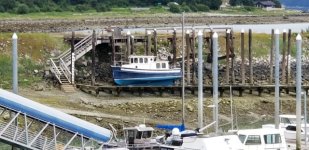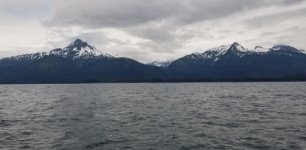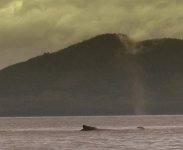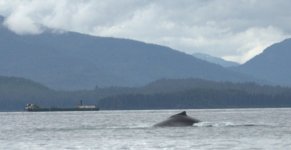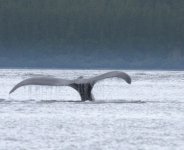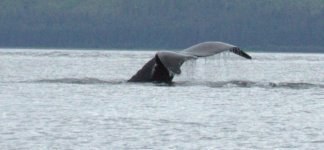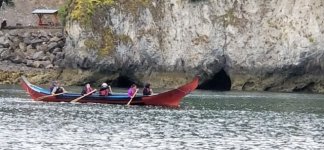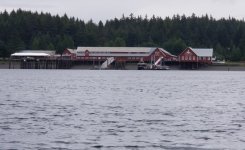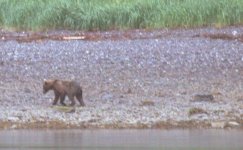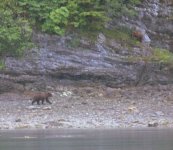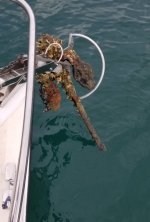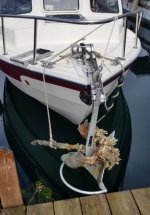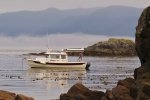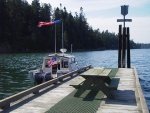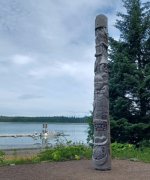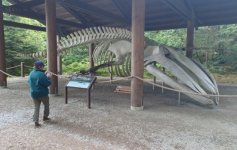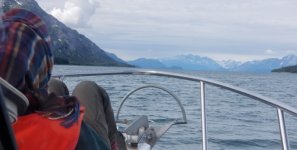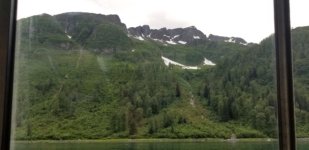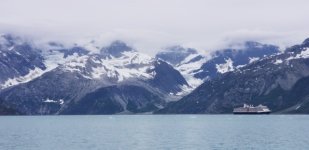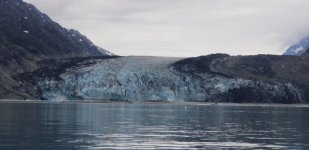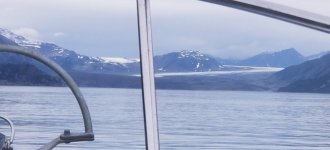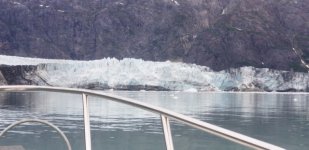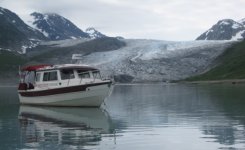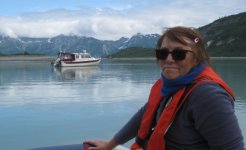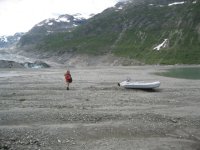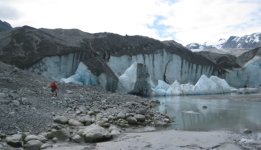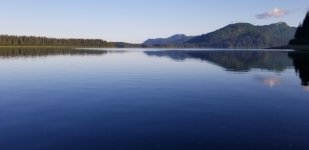LesR
Member
- Joined
- May 5, 2010
- Messages
- 164
- Reaction score
- 0
- C Dory Year
- 2007
- C Dory Model
- 25 Cruiser
- Hull Identification Number
- CDO25261L607
- Vessel Name
- Intuition
Friday and Saturday, July 16-17
Haines
On Friday, we grabbed a few groceries, had a good sandwich lunch at the Rusty Compass Coffee Shop, and worked on blogs/bills. While Kel engaged in some retail exploration, Les visited the Sheldon Museum. It includes lots of late 18th and early 19th century artifacts collected by a local mercantile owner. The museum’s displays narrate the tensions and changes among the local Tlingit clans with the influx of settlers, missionaries, and gold-seekers from outside Alaska.
We had dinner at the Lighthouse Restaurant adjacent to the harbor – their halibut fish and chips were as good as any we’ve had to date.
Despondence, disappointment, disillusionment – these are my emotions when faced with the reality that the Hammer Museum was closed during our time in Haines.
We had planned to depart Haines for Skagway on Saturday morning, but the forecast included a small craft advisory for the Northern Lynn Canal. After walking up the hill above the harbor and looking east beyond Portage Cove, I could see whitecaps and feel the strong northerly breeze. We stayed the extra day in Haines to wait for better weather. Kel visited the farmers market on Saturday while Les continued to sulk about the Hammer Museum being closed.
We liked Haines a lot. The harbor staff worked with us to ensure we’d have a space despite lots of fishing boats using the transient dock. There are a handful of good eateries and two well-stocked groceries. The only issue with Haines for small boat owners is that the public shower is located at the Moose Laundry, which is a (good) mile west of the harbor.
Eldred Rock Light - Lynn Canal
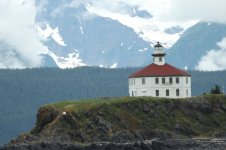
Davidson Glacier

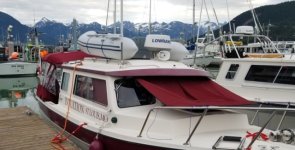
Haines
On Friday, we grabbed a few groceries, had a good sandwich lunch at the Rusty Compass Coffee Shop, and worked on blogs/bills. While Kel engaged in some retail exploration, Les visited the Sheldon Museum. It includes lots of late 18th and early 19th century artifacts collected by a local mercantile owner. The museum’s displays narrate the tensions and changes among the local Tlingit clans with the influx of settlers, missionaries, and gold-seekers from outside Alaska.
We had dinner at the Lighthouse Restaurant adjacent to the harbor – their halibut fish and chips were as good as any we’ve had to date.
Despondence, disappointment, disillusionment – these are my emotions when faced with the reality that the Hammer Museum was closed during our time in Haines.
We had planned to depart Haines for Skagway on Saturday morning, but the forecast included a small craft advisory for the Northern Lynn Canal. After walking up the hill above the harbor and looking east beyond Portage Cove, I could see whitecaps and feel the strong northerly breeze. We stayed the extra day in Haines to wait for better weather. Kel visited the farmers market on Saturday while Les continued to sulk about the Hammer Museum being closed.
We liked Haines a lot. The harbor staff worked with us to ensure we’d have a space despite lots of fishing boats using the transient dock. There are a handful of good eateries and two well-stocked groceries. The only issue with Haines for small boat owners is that the public shower is located at the Moose Laundry, which is a (good) mile west of the harbor.
Eldred Rock Light - Lynn Canal

Davidson Glacier



